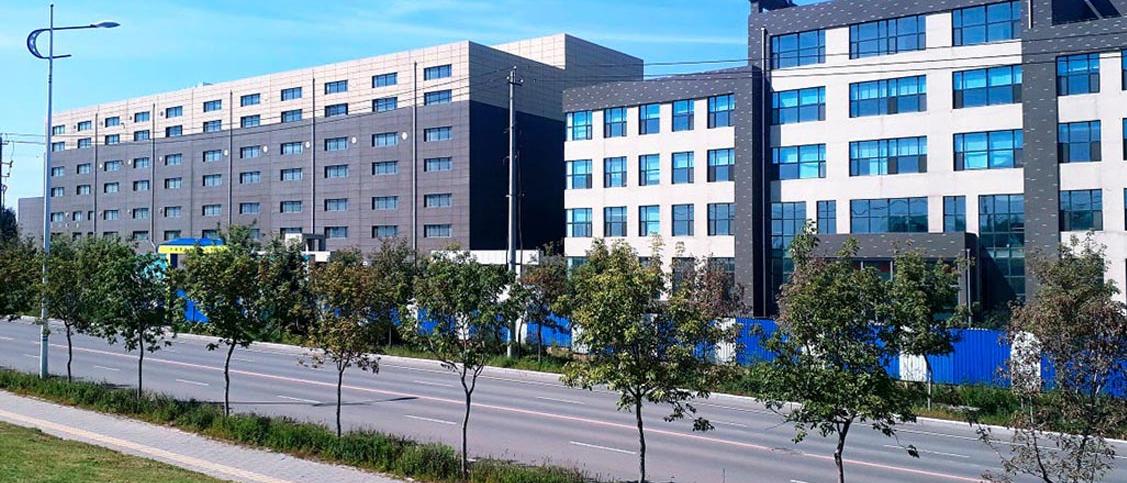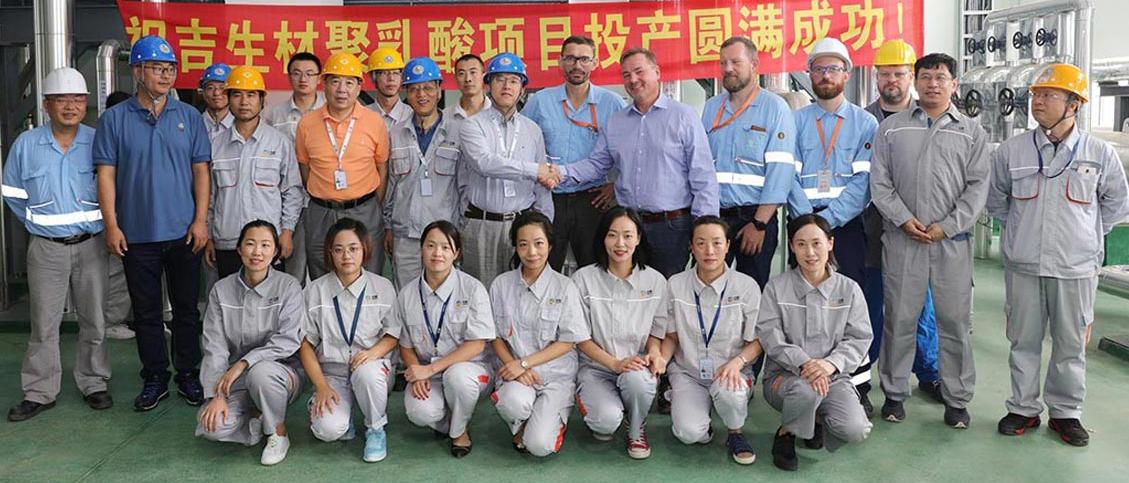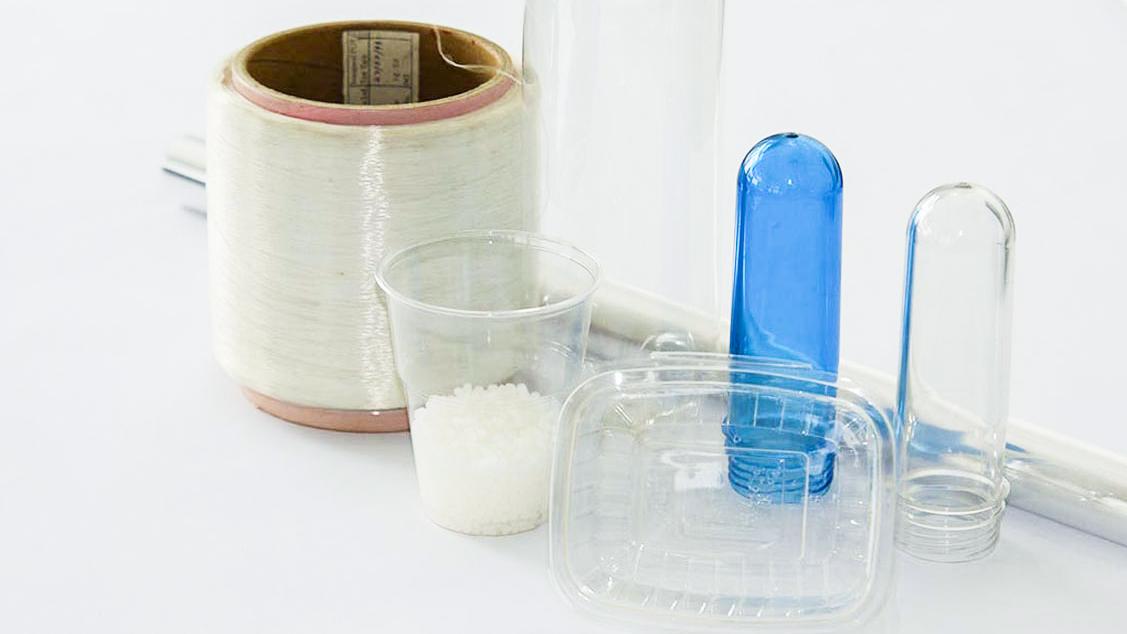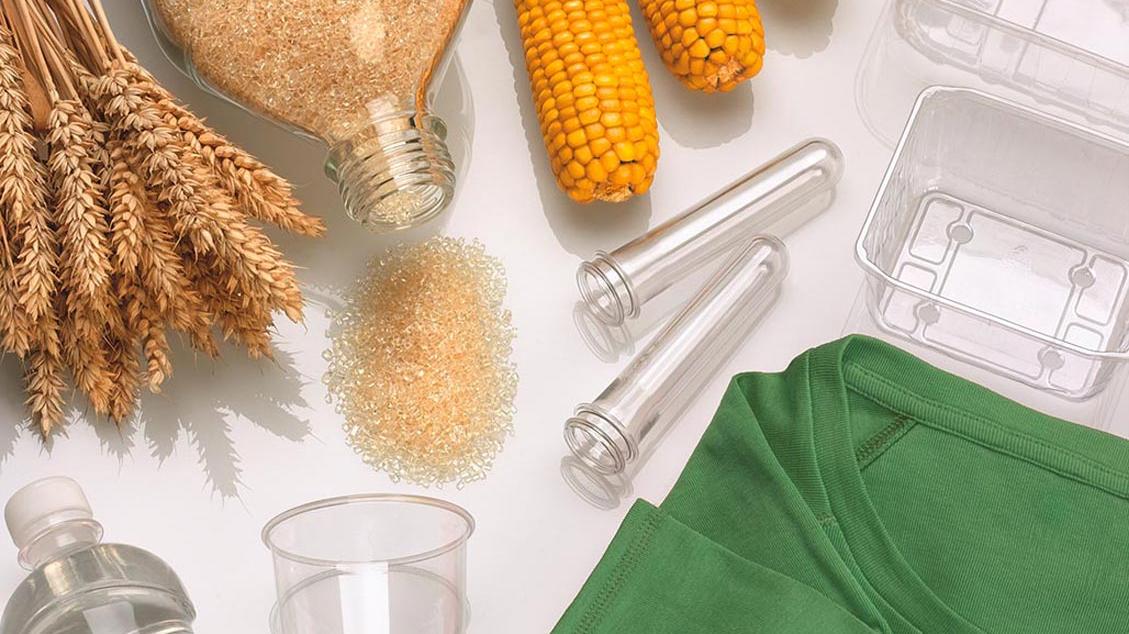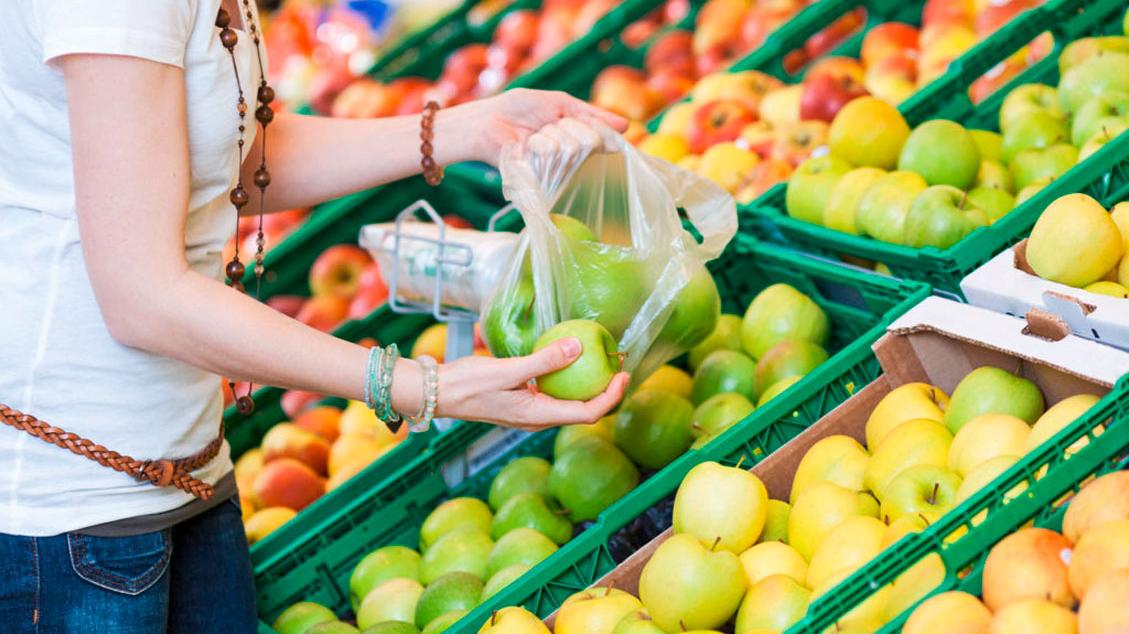In 2015, the European Parliament adopted a landmark directive on environmental protection. The goal: to reduce the consumption of lightweight plastic bags by an impressive 80 percent by 2025. This definition includes bags with a wall thickness of up to 50 micrometers which also applies to the well-known plastic shopping bags in supermarkets.
In order to achieve this goal in Germany, the politicians sat down with the trade at one table – with success. In a voluntary agreement, the companies agreed to offer plastic bags only for a fee from July 2016. Some even abolished the environmentally harmful carrier bags completely in the process. A historic step on the way to oil-free plastic production for the country. However, despite the trend towards green alternatives, the chapter on plastics is far from coming to an end. But where to start?
Bioplastics: environmentally friendly
Apart from the paper bag, there is a promising alternative to reduce the consumption of fossil raw materials: Bioplastics from renewable raw materials. One of the most attractive representatives of these bio-polymers is polylactide, or PLA for short. PLA not only consists of 100 percent biodegradable materials – thanks to its physical and mechanical properties, it can replace conventional oil-based polymers in many areas. And thus, sustainably improves the global CO2 balance. The starting material for PLA production is lactic acid, which is obtained from renewable raw materials such as sugar, starch or cellulose.

That being said, PLA does not compete with food production – on the contrary, as bioplastics expert Udo Mühlbauer from thyssenkrupp explains.
On one hand, the space required for the cultivation of the required raw materials is extremely small. On the other hand, there is the potential to reuse waste from the food industry for the production of PLA.
Competing with the classic plastics industry
However, helping PLA achieve its economic breakthrough is anything but easy. “Bioplastics such as polylactides are opposed to the established plastics market. Oil-based polymers are produced in huge plants and in turn, can be produced at much lower cost. By comparison, the market for bioplastics is very small and the products are therefore more expensive,” says Mühlbauer. And while the properties of classic polymers have been adjusted for various areas of application for years, bioplastics are still at the beginning of their development.
PLAneo®: thyssenkrupp makes polylactide a real alternative
thyssenkrupp has tackled these challenges – and recently developed its own manufacturing process for the bioplastics. In Changchun, China, we have started using a patented technology called PLAneo® in a commercial plant for the first time. Our customer: Jilin COFCO Biomaterial Corporation, a subsidiary of China’s largest food and beverage group.
The great advantage of PLAneo®? The technology makes it possible to produce bioplastics in a particularly efficient and resource-friendly way – at a price that can compete with conventional plastics. “PLAneo is also suitable for large-scale plants with capacities of up to 100,000 metric tons per year. This significantly reduces production costs,” says Udo Mühlbauer, who closely monitors the Chinese plant. “We have also reduced the energy consumption of the process through an energy recovery system. In this way, we further reduce costs and at the same time make production more sustainable.”
PLAneo is also suitable for large-scale plants with capacities of up to 100,000 metric tons per year. This significantly reduces production costs.
Udo Mühlbauer,
thyssenkrupp

PLA suites almost all application areas
At the new plant, Jilin COFCO produces all standard PLA grades, including environmentally-friendly packaging, fibers, textiles and engineering plastics. As PLA is highly flexible, this is no surprise. From cosmetic crucibles, piggy banks and air cushions to cutlery, pens and seat undersides for office chairs – there's no need for PLA to hide from petroleum-based plastics. Especially not in the medical sector, because the human body can completely degrade PLA. Therefore, it is perfectly suited for implants, sutures, stents or as a basis for tissue cultivation.
Udo Mühlbauer also sees a lot of potential for the use of green plastic in agriculture: “Mulch films made of conventional plastic are a big problem, particularly in China. Farmers often leave the old films on the field so that they are blown away by the wind or ploughed into the fields – this reduces the soil quality. Bioplastics, a combination of polyester and PLA in particular, can be ploughed into the soil without any problems because they rot over time.”PLA is also suitable for industrial 3D printing processes. And with compostable organic garbage bags and coffee capsules made of PLA, everyone can gradually make their own household more sustainable.
The future of bioplastics: great challenges – great perspectives
However, it is also clear that the road to petroleum-free plastic production is still long. Partly because PLA does not have a good reputation – contrary to its potential. For example, biological waste materials could be used to minimize the areas required for renewable raw materials. And the waste systems also have to adapt to the environmentally friendly materials, because there are many countries with no recycling path for PLA products. The valuable raw materials are therefore often incinerated with conventional plastic waste. The global supply chains are not yet sufficiently resource-conserving, too.
A growing market for bioplastics
However, it is also clear that the road to oil-free plastic production is still long. Partly because PLA does not have a good reputation – contrary to its potential. For example, biological waste materials could be used to minimize the areas required for renewable raw materials. And the waste systems also have to adapt to the environmentally-friendly materials, because there are many countries with no recycling path for PLA product. The valuable raw materials are often incinerated with conventional plastic waste. The global supply chains are not yet sufficiently resource-conserving too.
